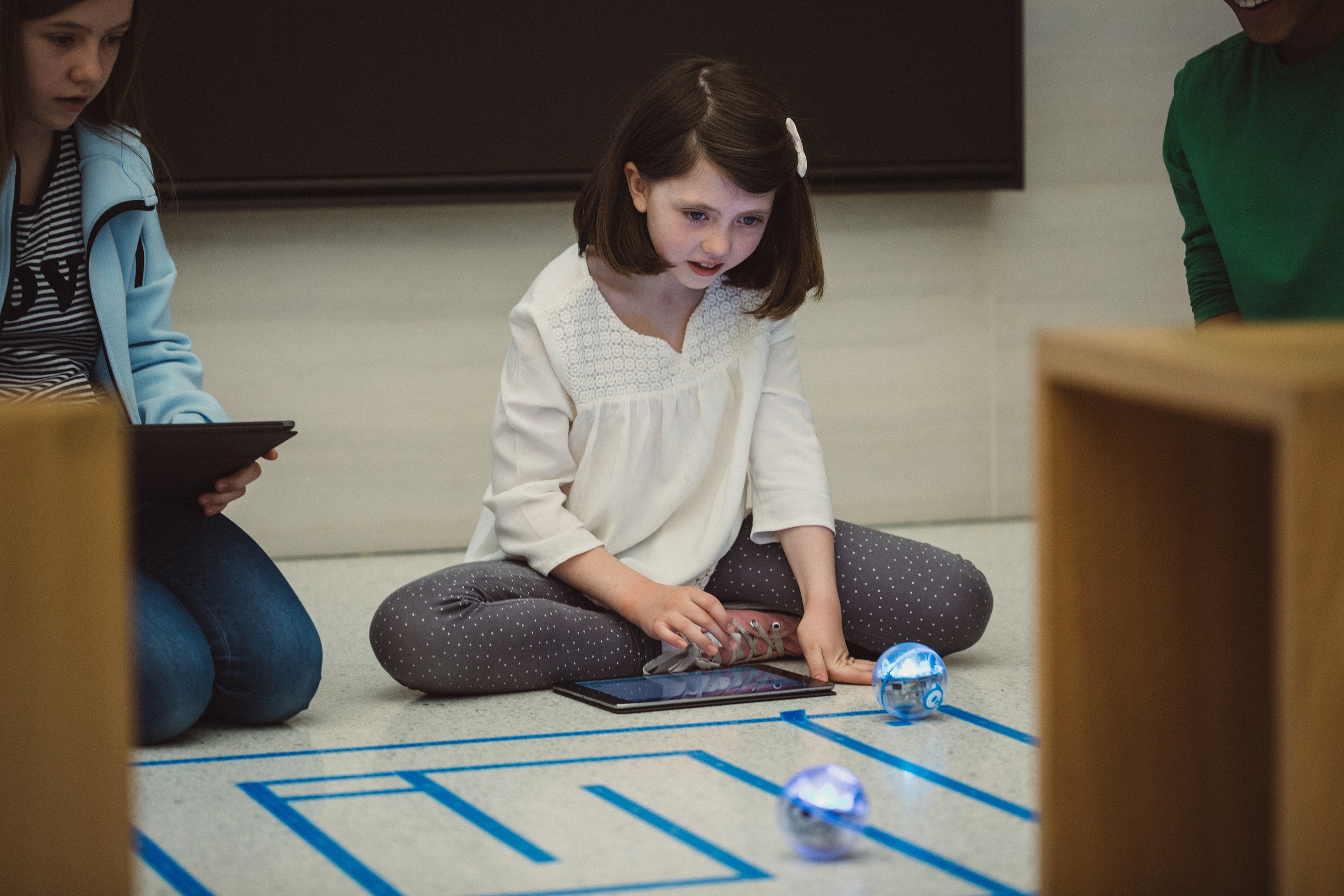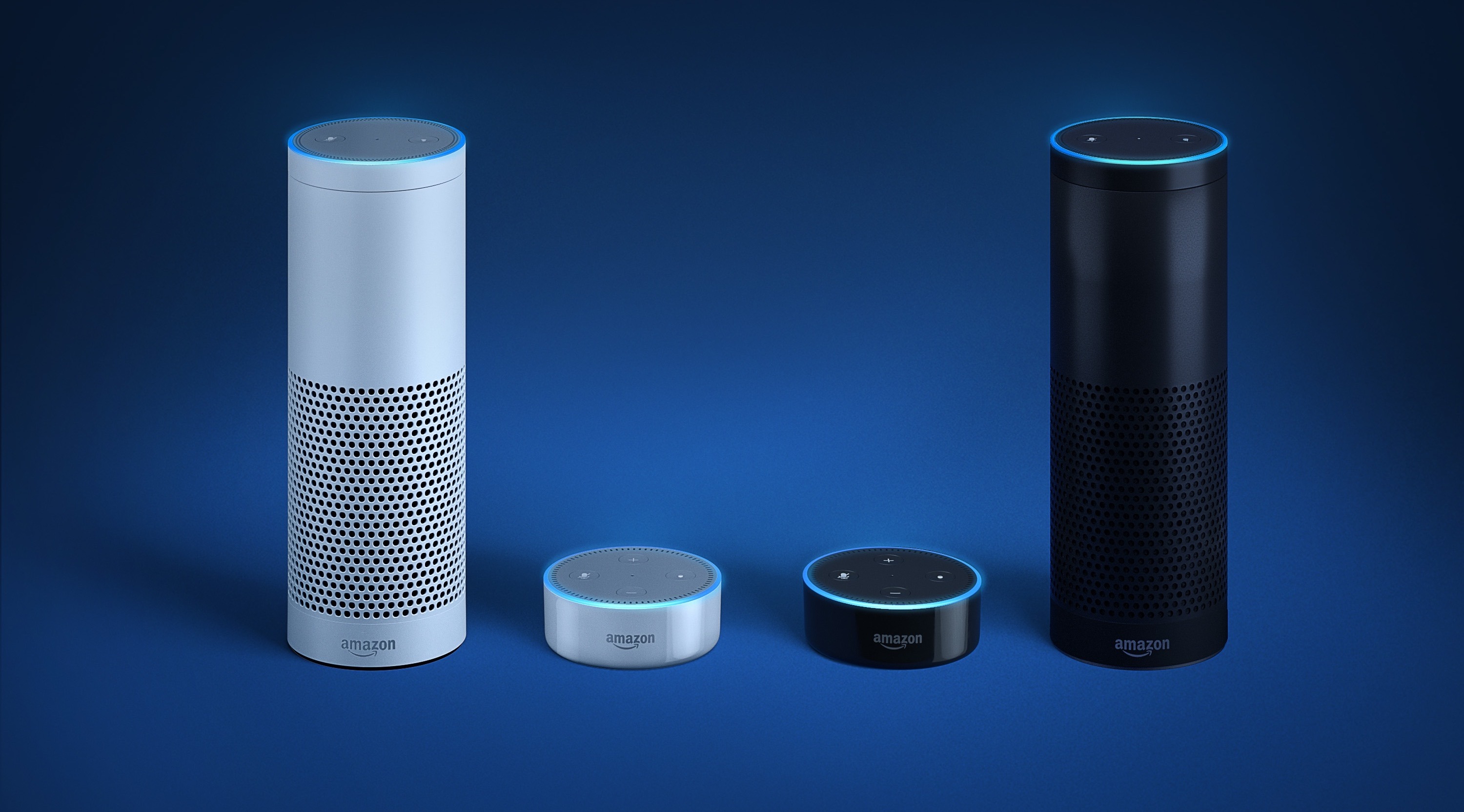Josh Constine reports for TechCrunch about an updated App Store policy that will enable apps to allow tipping of content creators, provided 30% of that tip goes to Apple. The newly updated policy from Apple reads:
Apps may use in-app purchase currencies to enable customers to “tip” digital content providers in the app.
Constine explains that previously, tipping was a grey area, leading some developers to avoid implementing it for fear their apps would be rejected by the App Review team. But this new policy changes that, he writes:
This means developers can add tipping features without fearing repercussions from Apple, as long as they’re willing to give the giant 30 percent. The grey area had kept tipping out of some popular apps who sought to avoid any tension with Apple. Now app makers can offer and promote tipping features with confidence.
The developers will have to determine whether they themselves take a cut of the tips or pass the full 70 percent on to the content creators. Passing on 50 percent while taking a 20 percent cut could unlock paths to monetizing video where ads can be interruptive or tough to match with unpolished footage.
The App Store has been rife with changes since Phil Schiller adopted responsibility for it, and this particular change will impact certain people in different ways. Some developers may appreciate the clarity concerning what they can or can’t do in the realm of tipping, but for any apps currently allowing tipping without the 30% tax, both developers and content providers will be harmed.









